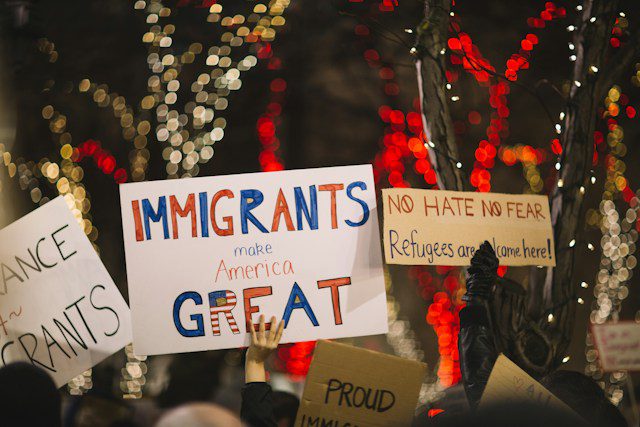A new Asylum Programme amending the fee structure for immigration petitions, applications, and services was released by U.S. Citizenship and Immigration Services (USCIS) on January 31. Specific costs will decrease, but others will increase by more than double.
Rather than putting money into meeting American labor demands and the country’s future, companies must pay the expenses of processing refugee applications through the new refugee Programme Fee.
About The New Asylum Programme
These price increases result from years of underfunding at USCIS, where the agency, mainly supported by fees, still needs to keep up with escalating expenditures. The adjustments, which go into effect on April 1, 2024, are required to preserve and boost agency productivity and efficiency without adding to the tax burden on taxpayers.
But employers who file for visas under programs like the H-2A, which supports our agricultural labor force, the H-1B, which is essential to the U.S. tech sector, and the O-1 visa, which is reserved for individuals with exceptional abilities (such as former Olympic athletes and Pulitzer Prize winners), will have to pay the Asylum Programme Fee. The application fee will cover the costs of processing and deciding asylum applications, which are not fee-based.
The number of other fees formerly paid the whole cost of asylum adjudication; the sheer size of our asylum backlog was the only reason more were necessary. USCIS received less than 300,000 asylum petitions in the three years before.
Still, over 756,000 applications were obtained between the fiscal year 2021 and the conclusion of the fiscal year 2023. The almost 2 million asylum claims submitted to the Executive Office for Immigration Review (E.O.I.R.) between FY2021 and FY2023 are not included.
While there exist several instances of lawful asylum seekers escaping abuse and mistreatment, others use the delayed procedure as a stand-in for a genuine route that permits them to pursue employment prospects in the United States. Instead of imposing a tax that penalizes companies that follow the law, we should expand the legal immigration system to accommodate the labor movements that are now taking place.
Think of a farmer who is making use of the H-2A program for temporary agricultural workers. According to U.S. Department of Agriculture statistics, 41% of farming farmworkers are not authorized to work legally. Nonetheless, farmers use the H-2A program each year to lawfully import the labor they require. The filing fee for a designated H-2A beneficiary will rise from $460 to $1,090 by the revised price schedule. In addition, farmers have to pay for food, lodging, and transportation.
How The New Asylum Programme Affects Immigrants
Conversely, the Asylum Programme Fee needs to address our expanding labor demands. It might even sway moderate voters who embrace limited legal immigration but are concerned about a congested border.
Because they will soon pay for the asylum program, which is more scrutinized by the public, it might turn some Americans against otherwise broadly approved job programs. To get more detailed guidance on the best suited visas for yourself or your loved ones reach out to our study and work abroad consultants.
The Asylum Programme charge makes American companies foot the bill for decades of silence on immigration policy by outsourcing the flaws of our legal immigration system to the same employers who voluntarily comply with its regulations and jump through its hoops. Instead of investing in America’s future, we use fees to address a policy-based issue.


